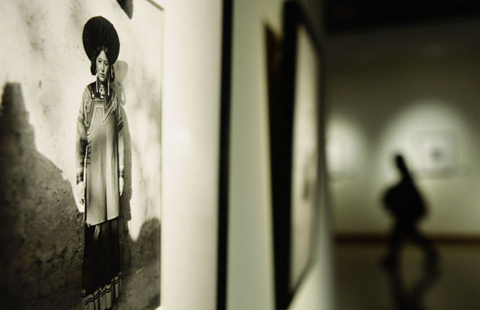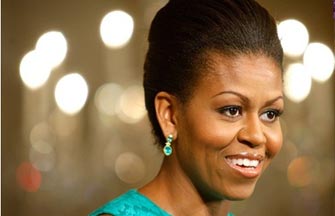Testing time for China's tea growers
By Todd Balazovic and Li Aoxue ( China Daily ) Updated: 2013-12-02 07:39:14Market dynamics
But while ready-to-drink sales may be on a quick rise, something has been lost in the bustling consumption, says tea enthusiast Par Carlson.
"We need to learn the slow process of drinking tea. In Europe it is mostly coffee and quick consumption," he says.
One of just a handful of non-Chinese attendees at the China Tea Expo, the 49-year-old Swede stands surveying a row of sweet-smelling black teas from Fujian province, occasionally picking up a handful to take in the aroma. Approached by a salesperson, he eyes the price tag before waving his hand, dismissing any thoughts of a potential sale.
"It's hard to put a price range on what I would pay, but this is too much," he says, refocusing his attention on a bushel of Pu'er.
Visiting extended family in Beijing, Carlson is one of a small percentage of Europeans who take a more in-depth view on drinking tea. He says in Sweden his local teashop sells 100 grams of Chinese Pu'er tea for a quarter of the price.
The reason for such a price gap, says David Duckler, president and founder of US-based Verdant Tea, is because the cost of famous brands and teas grown in recognized regions is driven up by huge domestic demand.
Dispelling the notion that Chinese tea is too expensive, the 26-year-old American's Minnesota-based teahouse sells a variety of high-quality teas, sourced directly from farmers for less than $5 a cup - the equivalent of an average coffee at Starbucks.
"Whenever possible, we try to source from regions or farmers who are doing high-quality work but are not yet famous," he says.
"This allows us to present the best value to American customers by providing high-quality tea at more affordable prices and not affected by the high domestic demand."
Establishing contact with farming families while working as a Fulbright Foundation scholar to examine tea in China in more depth, Duckler says the reason for the lackluster interest in fine teas is simply because of a scarcity of information.
"The Western market is full of young professionals excited to spend money on Scotch whisky, wine and coffee. Tea companies in America have simply never given Americans a reason to spend more than what tea bags cost at the grocery store," he says.
"When an American customer spends money on coffee or Scotch, they expect to know when and where it was produced, how much was produced and whether flavor, texture and aftertaste make it worth the money.
"Tea sellers in America usually focus on health benefits, but not much is said about taste. Even less is said about the origins of the tea."
Starting Verdant as an online distributor, Duckler eventually opened a small tearoom to attract customers who wouldn't otherwise seek out his products.
His tearoom, complete with carved wooden tables sporting hidden drains, seems more at home in a city such as Shanghai or Guangzhou than in the cold northern state of Minnesota.
But it is transplanting that piece of Chinese culture in America that captured his interest while living in China that pushed Duckler and his wife to create Verdant.
Preparing tea in the gongfucha fashion and holding tea tasting daily, Verdant has become a cultural beacon in the local community.
"Our strategy is to make sure that the Chinese tea ceremony is approachable," he says.
"By showing people how easy and fun tea can be instead of making it seem strange and foreign, we are helping Americans embrace this important piece of Chinese culture and connect with farmers and growing regions."
While Verdant may be gaining the attention of locals, supply of his 25 teas is seasonal and the quantity is limited, so expansion will be slow, he says.
|
|
|
|
|
|
|
|

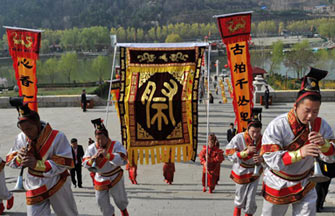

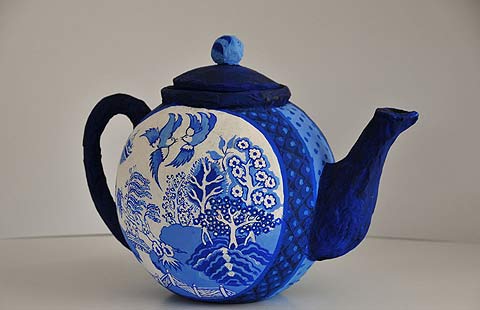






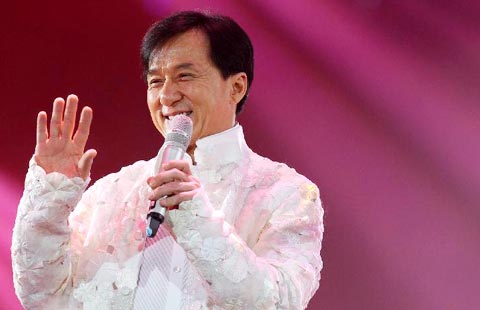




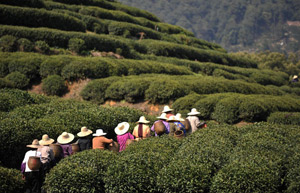



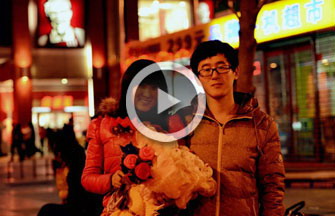

 Raymond Zhou:
Raymond Zhou: Pauline D Loh:
Pauline D Loh: Hot Pot
Hot Pot Eco China
Eco China China Dream
China Dream China Face
China Face



